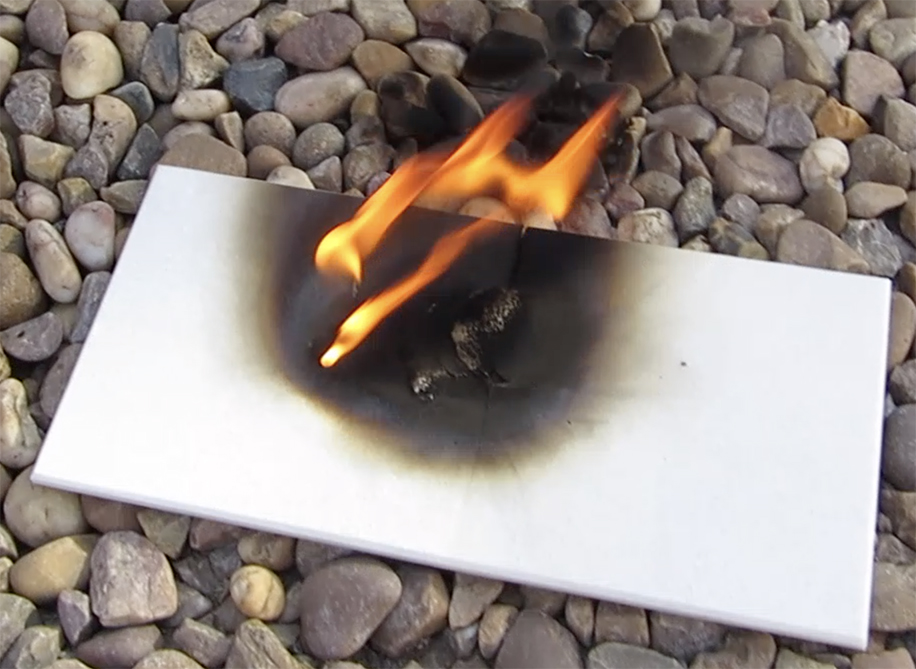Warning of possible fire risk from engineered stone in new cladding PAS from BSI
Following the Grenfell Tower fire, where 72 people died when the cladding caught alight, BSI has published a PAS (publicly available specification) providing a methodology for the fire risk appraisal of external wall construction and cladding on multistorey and multi-occupied residential buildings.
A PAS is a fast-track standardisation document from British Standards Institution (BSI) defining good practice. They are developed by stakeholders selected from relevant fields and led by BSI.
The new fire risk appraisal is PAS 9980:2022. It is free and can be downloaded here.
PAS 9980:2022 is 193 pages long and contains a lot of detail covering not just cladding materials but also frames and brackets that hold the cladding, and what they are holding it to.
Table L9 specifically mentions engineered/reconstituted stone, which it says “cannot be assumed to be non‑combustible (as is the case with natural stone) because it contains combustible polymeric resin binder. Unless combustibility can be confirmed by small-scale testing, the likely fire performance of these materials needs to be considered by reference to appropriate large‑scale fire tests.”
This PAS is intended for use by fire engineers and other competent building professionals tasked with advising on the fire risk of external wall construction of existing blocks of flats.
However, it is expected that the key outputs of such an appraisal will also be useful to consultants, architects and architectural technologists, building control bodies, building owners/landlords, building surveyors, contractors, façade engineers, fire and rescue authorities, fire risk assessors, insurers, local housing authorities, managing agents or facility managers, project managers, valuers and mortgage lenders.
The purpose of a fire risk appraisal of external walls (FRAEW) is to assess the risk to occupants from a fire spreading over or within the external walls of the building in order to decide whether, in the specific circumstances of a particular building, remediation or other mitigating measures are necessary to address the risk.
This PAS applies where the risk is known, or suspected, to arise from the form of construction used for the external wall build up, such as the presence of combustible materials.
The outcome of a FRAEW is intended to inform fire risk assessments (FRAs) of buildings such as blocks of flats, student accommodation, sheltered and other specialised housing, and buildings converted into flats, where the evacuation strategy will be similar in nature to a purpose-built block of flats.

